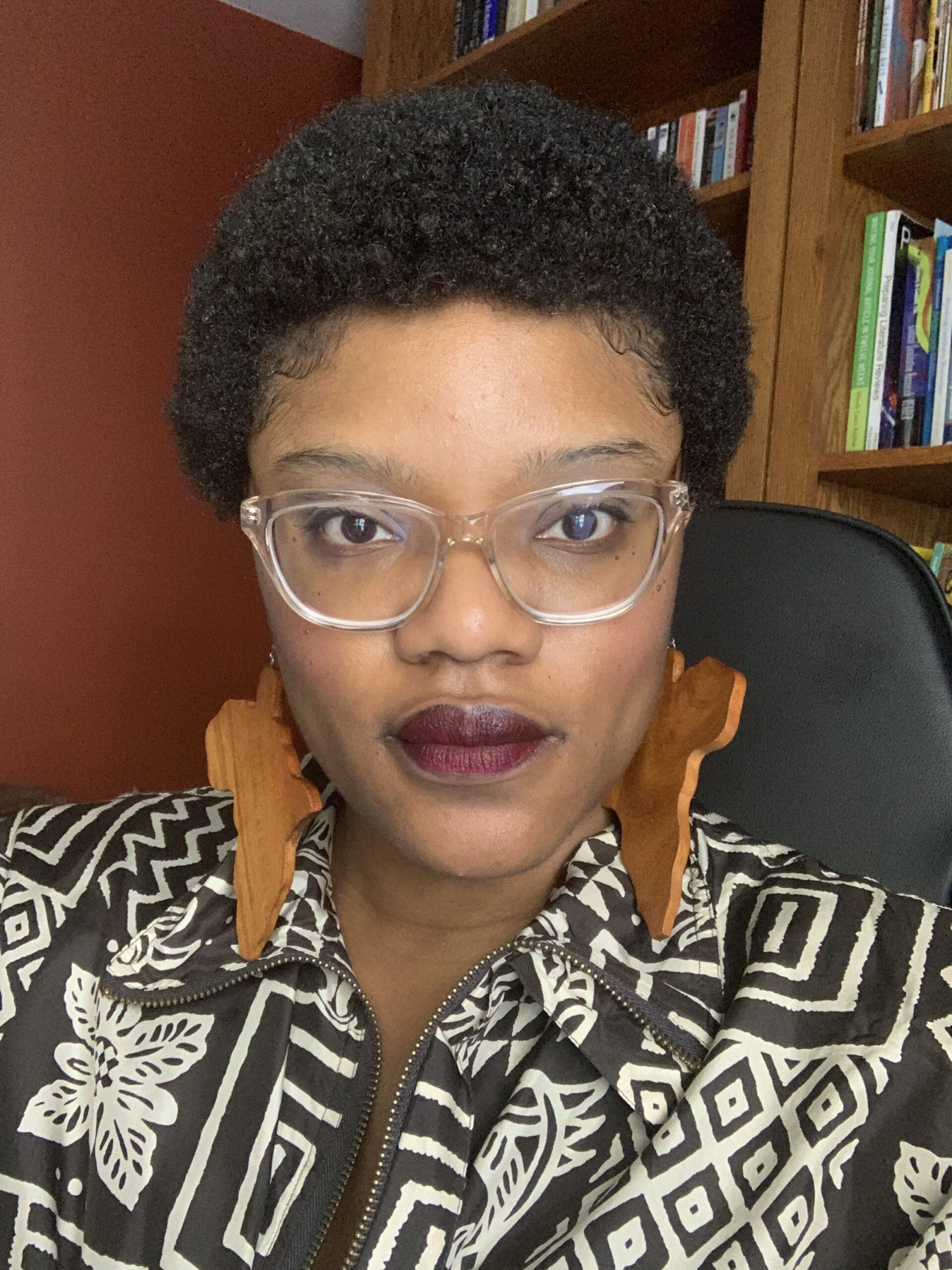STEM SISTA spaces: Creating counterspaces for Black girls and women
Abstract
Ashford, S. N., Wilson, J. A., King, N. S., & Nyachae, T. M. (2017). STEM SISTA spaces: Creating counterspaces for Black girls and women. In T. S. Renshaw and R. Majors (Eds.), Emerging issues and trends in education (pp. 3-37). Michigan University Press.
Historically, in the science, technology, engineering, and mathematics (STEM) fields, students of color and women, particularly black women, have been underrepresented in the United States. As a result, an onslaught of k-20 STEM intervention programs have been implemented to retain these student in the STEM fields (Valla & Williams, 2012). However, the goal, to increase participation in the STEM fields among students of color and women, is embedded in maintaining U.S. global competitiveness and economic prosperity (Palmer & Wood, 2013; National Academy of Sciences, 2007), which carries a parochial, informed self-serving initiative rather than sincere moral concern or commitment to the well-being of these students (Martin, 2009 ). Further, the Census Bureau projects that by 2042, people of color will represent the majority population in the United States (Vincent & Velkoff,2010 ), yet current trends in STEM education relative to achievement and persistence do not suggest that students of color will represent the majority population in the STEM fields (Fealing & Myers, 2012 ). The concern is that students of color endure a particular set of experiences in STEM fields as members of marginalized populations. Therefore, an evaluation of student STEM educational experiences, relative to their academic persistence and overall well-being, as contributors to the STEM fields, is significant in developing retention efforts that will influence students' interest in pursuing and persisting in STEM fields.
As a result, innovative solutions to broaden the participation of Black girls and women in the STEM fields must consider students' experiences, developing relevant interventions for members of marginalized racial and gender groups that challenge traditional power dynamics and seek to reclaim the voices of Black women and girls in STEM academic and institutional spaces.
Abstract
Ashford, S. N., Wilson, J. A., King, N. S., & Nyachae, T. M. (2017). STEM SISTA spaces: Creating counterspaces for Black girls and women. In T. S. Renshaw and R. Majors (Eds.), Emerging issues and trends in education (pp. 3-37). Michigan University Press.
Historically, in the science, technology, engineering, and mathematics (STEM) fields, students of color and women, particularly black women, have been underrepresented in the United States. As a result, an onslaught of k-20 STEM intervention programs have been implemented to retain these student in the STEM fields (Valla & Williams, 2012). However, the goal, to increase participation in the STEM fields among students of color and women, is embedded in maintaining U.S. global competitiveness and economic prosperity (Palmer & Wood, 2013; National Academy of Sciences, 2007), which carries a parochial, informed self-serving initiative rather than sincere moral concern or commitment to the well-being of these students (Martin, 2009 ). Further, the Census Bureau projects that by 2042, people of color will represent the majority population in the United States (Vincent & Velkoff,2010 ), yet current trends in STEM education relative to achievement and persistence do not suggest that students of color will represent the majority population in the STEM fields (Fealing & Myers, 2012 ). The concern is that students of color endure a particular set of experiences in STEM fields as members of marginalized populations. Therefore, an evaluation of student STEM educational experiences, relative to their academic persistence and overall well-being, as contributors to the STEM fields, is significant in developing retention efforts that will influence students' interest in pursuing and persisting in STEM fields.
As a result, innovative solutions to broaden the participation of Black girls and women in the STEM fields must consider students' experiences, developing relevant interventions for members of marginalized racial and gender groups that challenge traditional power dynamics and seek to reclaim the voices of Black women and girls in STEM academic and institutional spaces.
